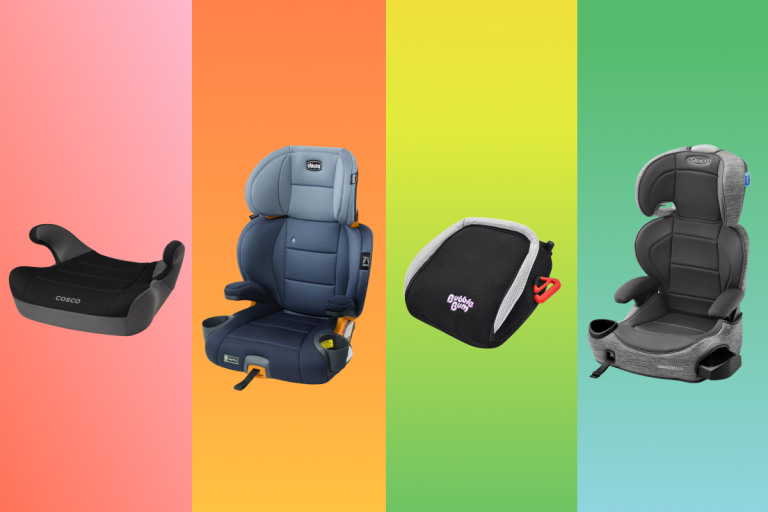How Important are Child Safety Seats?
It can be a very stressful experience for parents if their young ones get involved in an accident. As per data provided by the National Highway Transportation Safety Administration, auto accidents are a leading cause of death of children below 5 years of age. This makes it crucial to select the correct type of child safety seats and always follow the safety requirements. Thankfully, the lawyers at Riddle and Brantley have some useful information on these requirements on their blog here: https://justicecounts.com/goldsboro-nc-car-accident-lawyer/child-safety-seats/.

Types of Child Safety Seats
Parents who fail to follow the recommendations provided by seat manufacturers when selecting a safety seat may be putting their child’s life in danger. Parents must understand the correct terminology and select safety seats most appropriate for their child’s age, height, weight, and car model.
Here is all you need to know about child safety seats:
Rear-facing car seat: This seat is best suited for infants and small children. Rear-facing car seats provide the maximum amount of protection and restraint to the child in an accident.
Forward-facing car seat: Once your child outgrows the rear-facing seat, you can choose a forward-facing car seat. This seat includes a harness that limits the child’s forward motion in the case of an accident.
Booster seat: These seats allow children to use regular car safety belts. They are designed to ensure the seatbelt fits across the child’s chest and hips by boosting the child’s height when they are not big enough to wear the belt independently.
Seatbelt: All children above the age of 12 years and adults are required by law to wear seatbelts when riding a vehicle. The seatbelt should fit across the child’s chest and hips and never rest around their face or stomach.
What Is the Best Child Safety Seat?
Based on the child’s age and height, you can use the following guidelines to select a child safety seat:
Birth to 12 months: Infants and children in this age group should always ride in a convertible 3-in-1 seat or a rear-facing seat with a higher weight and height limit.
1 to 3 years: The longer your child can use the rear-facing seat, the better, as they provide a high level of protection. Once the child reaches the manufacturer’s recommended weight and height limits for a rear-facing seat, you can change to a forward-facing seat.
4 to 7 years: Continue to use a forward-facing seat with an attached harness until your child reaches the manufacturer’s allowable weight and height limits. You can then change to a booster seat before moving to only the car safety belts.
8 to 12 years: Always use a child booster seat until your child is big enough to wear a seatbelt without the belt resting on their face or stomach. Once the belt fits snugly across the child’s hips and upper thighs, you can stop using the booster seat.
How Can A Car Accident Attorney Help You?
If you and your children have been involved in a car accident caused by someone else’s negligence, it is best to seek legal assistance from a seasoned car accident lawyer. A good attorney will provide their expert legal services to ensure you receive compensation for your pain and suffering.